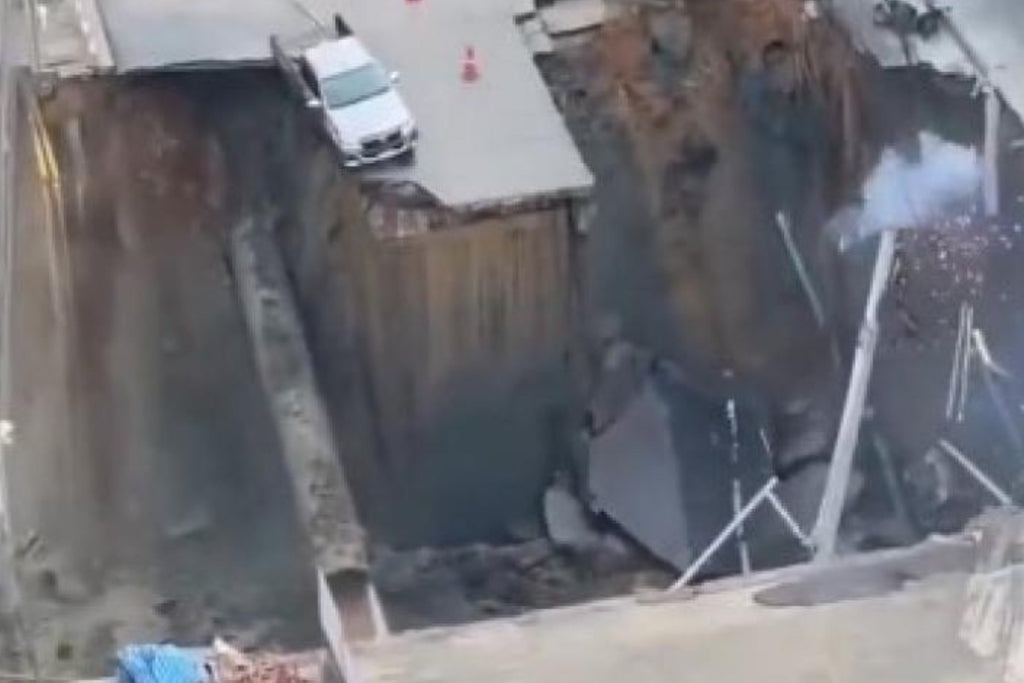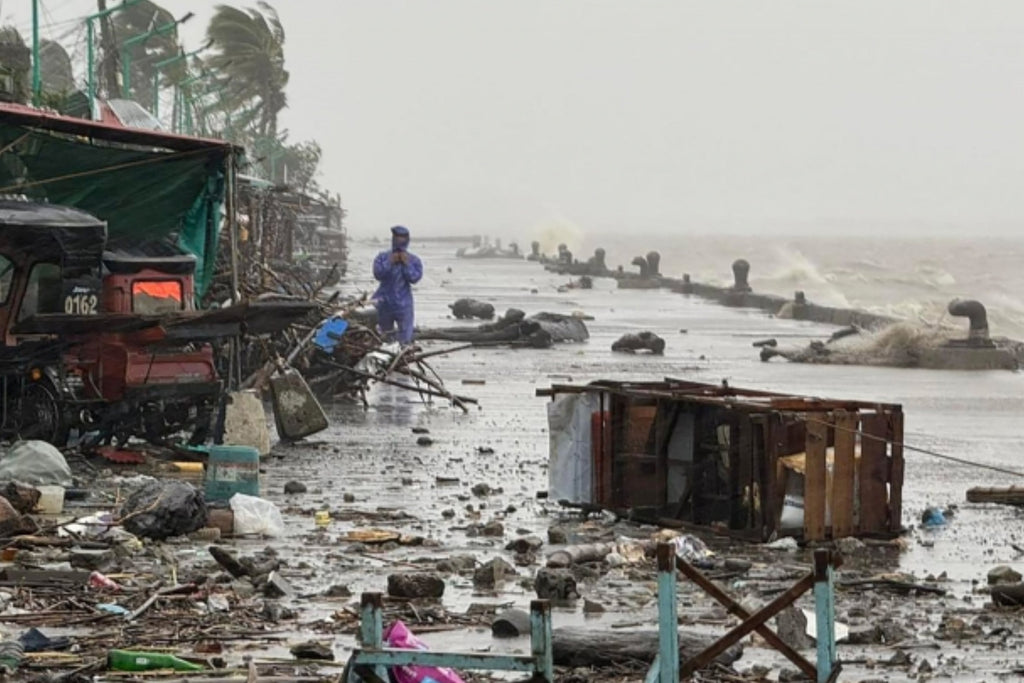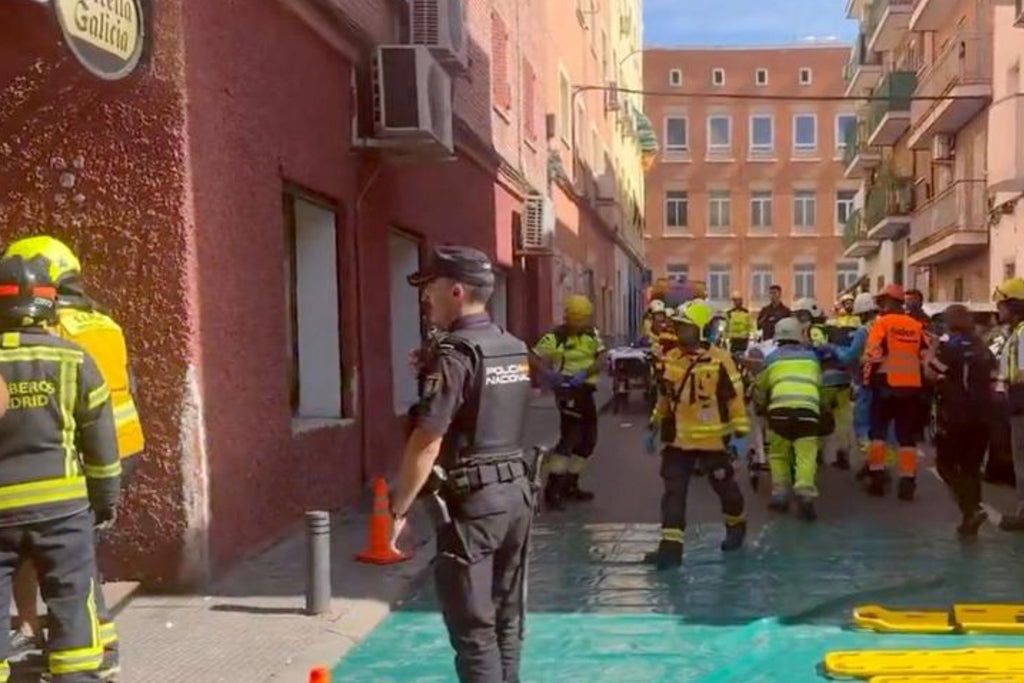Plane crash in India: why did it crash? A pilot analyses the various hypotheses
Sylvie Claire / June 14, 2025

Air India flight 171 suffered a dramatic accident on Wednesday morning, when the Boeing 787 Dreamliner crashed shortly after takeoff. It was the first crash ever for this ultra-modern aircraft, reputed to be among the safest in the world. This tragedy in India immediately raised many questions among experts about the possible causes, while the investigation is only just beginning.
According to Paul Dechany, an experienced pilot with 15 years' experience, initial observations of available video and radar data show that the aircraft's pilot tried until the last moment to regain control of the plane, which was rapidly losing power. “They may not even have had the engines running anymore, they may have had both engines shut down,” he surmises. The possibility of simultaneous failure of both engines remains a central hypothesis, not least because of the emergency call issued shortly before impact. In addition, some data ceased to be transmitted before the accident, raising questions about a potential general electrical failure.
Another possibility, although rare, cannot be ruled out: a collision with birds, which may have damaged both engines. Paul Dechany explains: “The engines have been tested to withstand bird strikes. And besides having the misfortune to have birds on both engines at the same time, although this did happen a few months ago apparently in Korea, but this misfortune is very minimal, I'd say”.
In addition to the technical aspects, Paul Dechany also points to the specific characteristics of airport locations in Asia, often surrounded by densely populated areas: “In the event of a breakdown on take-off, the pilot has no way of landing his aircraft in a safe, open area”.




